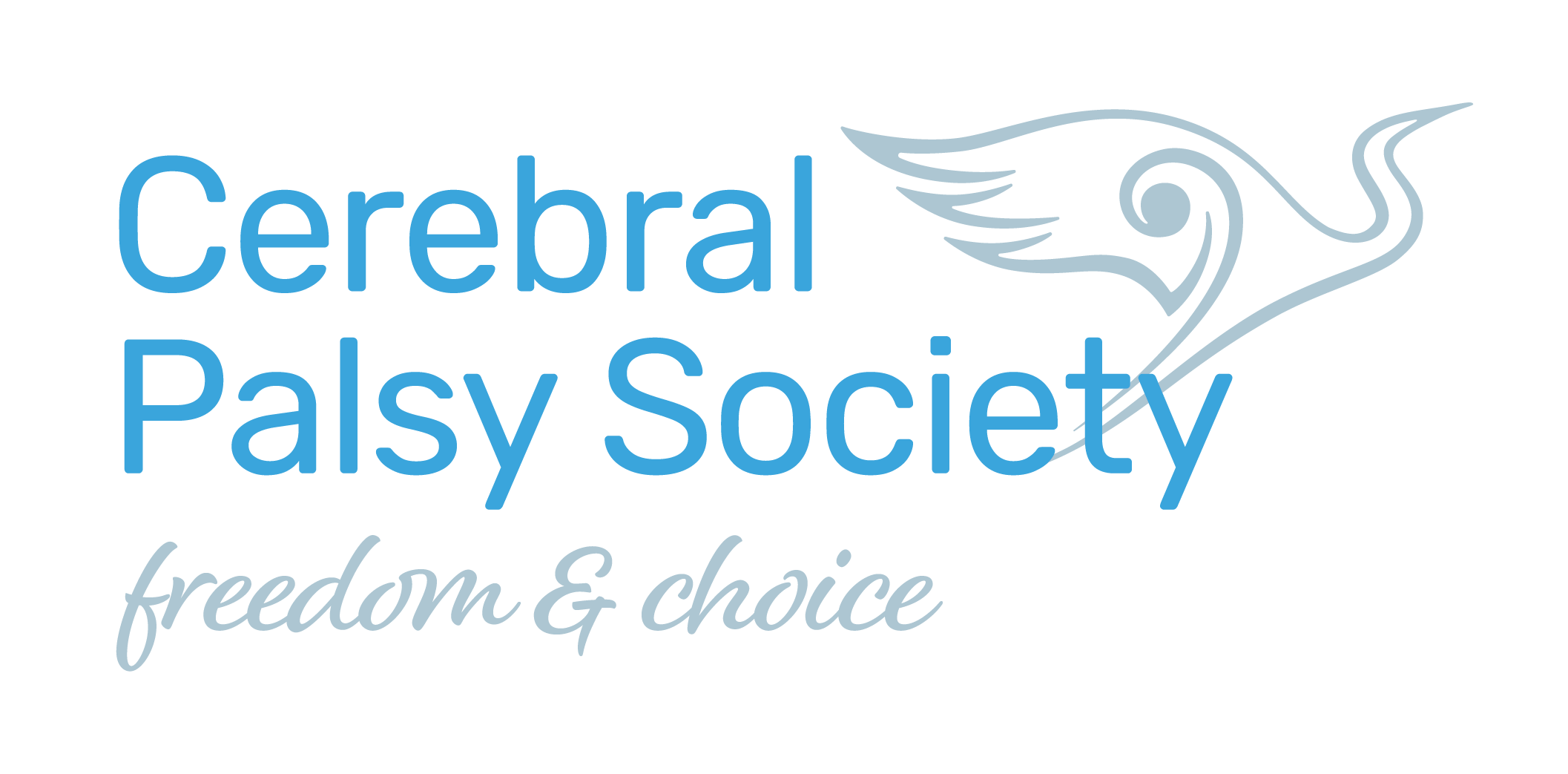Research
Mapping the principles of comfort
07 Dec 2023
Mapping the sleep experiences of children and young people who live with Cerebral Palsy is both important and complex.
By Amy Hogan
We know conclusively that sleep is important at all levels of Cerebral Palsy because of the large amount of energy that people living with the condition expend daily. This can occur with both voluntary and involuntary movements.
- It is not uncommon for people to experience sleep disturbance – either they sleep too little (insomnia), too much (hypersomnia), or have difficulty staying asleep. There are several theories as to why sleep difficulties are more prevalent for those who live with Cerebral Palsy.
- People living with Cerebral Palsy, and their caregivers, often have disturbed nights for a variety of reason, such as needing to turn and prevent pressure areas, night feeding schedules, and medications. It can be useful to have a dimmer light system for navigating the room at night for less distraction of the day/night rhythm.
- People with Cerebral Palsy can have unusual sleep patterns and rhythms due to the way their body processes energy and physical activity during the day. It can be useful to work the topic of sleep into conversation about their overall health, especially with the GP, if there are going to be changes in medication or caregiving routines.
- There are different ways in which sleep can be disrupted: at the start, middle, or waking up cycle. It can be useful to look at the environmental factors around a person in their bedroom that might be influencing their cycles. Common ones include temperature, light or sound from inside or outside the house, unexpected changes in positioning, or physiological changes.
One of the researchers who presented at the 2023 CP Achieve Symposium in Melbourne talked about this topic. The speaker works specifically with people who are level IV and V who often have sleep related symptoms and postural support.
A suggestion made by the speaker is to develop a “comfort map” – a recently developed tool used by allied health professionals and specialists. The idea is to create an overall picture or diagram that includes all the elements that may influence a person’s comfort in a particular setting, in this case sleep.
A “comfort map” about sleep will include all the elements that go into helping an individual stay comfortable throughout the day and night. Some of the general ones can include:
- The positioning of all major joints, the neck and head
- Cushioning and padding of the bed and other areas they spend on a lot of time, e.g. on the floor
- Points that may rub on the skin such as foot plates and back padding in their wheelchair
- Temperature sensitivity in the evening and morning especially if you live in an area with temperature spikes or changes, e.g. cold snaps or humidity.
- Differences in digestive cycles or experiencing reflux or other digestive-related issues at night.
In New Zealand, comfort and sleep are frequently part of assessments, such as NASC, and conversations with a GP. However, it is also possible to ask for a specific appointment to discuss the mapping of comfort and sleep, particularly if you have a team of caregivers and support services.
There are specific sleep clinics that can investigate sleeping and comfort during the night more comprehensively. The referral pathway is through your GP.
If you would like more information, feel free to contact amy@cpsociety.org.nz.
* CP Achieve is an initiative that brings together researchers, people with CP and families. The purpose is to codesign research that has the most meaningful and far-reaching impact on the community.




